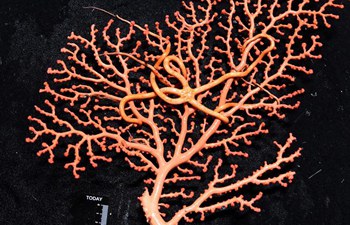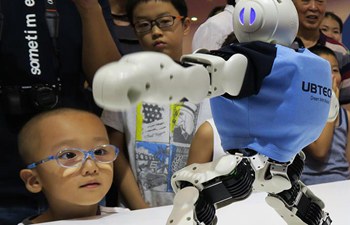SHENYANG, Aug. 28 (Xinhua) -- A new book on Japanese Army Unit 731 was published in Chinese Monday in Shenyang, northeast China's Liaoning Province.
The book "Behind Bayonets and Barbed Wire: the Secrets of Japanese Army Unit 731" is by Japanese writer Nishisato Fuyuko, who published another book on Unit 731 in 2002.
Since her first book, Fuyuko has visited Shenyang almost every year and talked to victims and Japanese soldiers that served in the unit.
The book contains many photographs and inside stories on how the unit conducted its experiments on live human beings and traded data with the United States so as to be exempted from prosecution after surrender.
Fuyuko said humans must reflect on their crimes. She wanted the book to describe history rather than to spread hatred. "We should never make the same mistake as our predecessors," she said.
Unit 731 was a secret biological and chemical warfare research base established in Harbin in 1935 and the center of Japanese biological warfare in China and Southeast Asia during World War II.
The unit conducted experiments on live humans to test germ and chemical bombs, among other atrocities. Many civilians and prisoners of war from China, the Soviet Union, the Korean Peninsula and Mongolia perished. Some of them were children.
After Japan's surrender in 1945, the unit hastily pulled out of China, with 3,000 Japanese children and some experimental equipment left behind. Many of those children were raised by Chinese families.

















